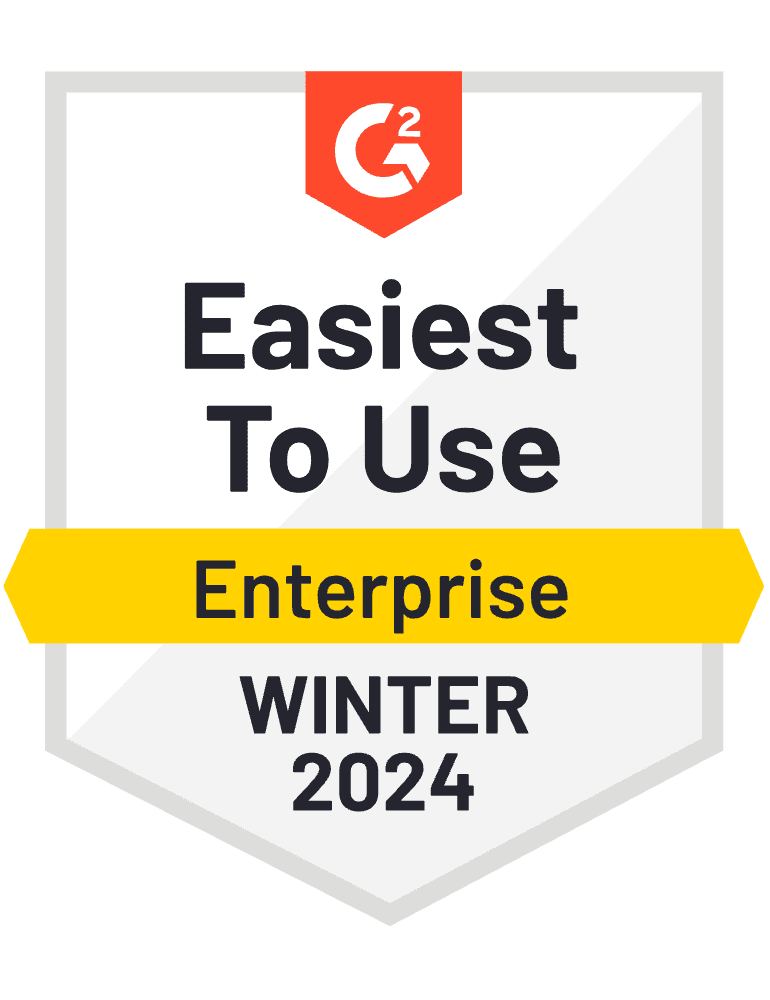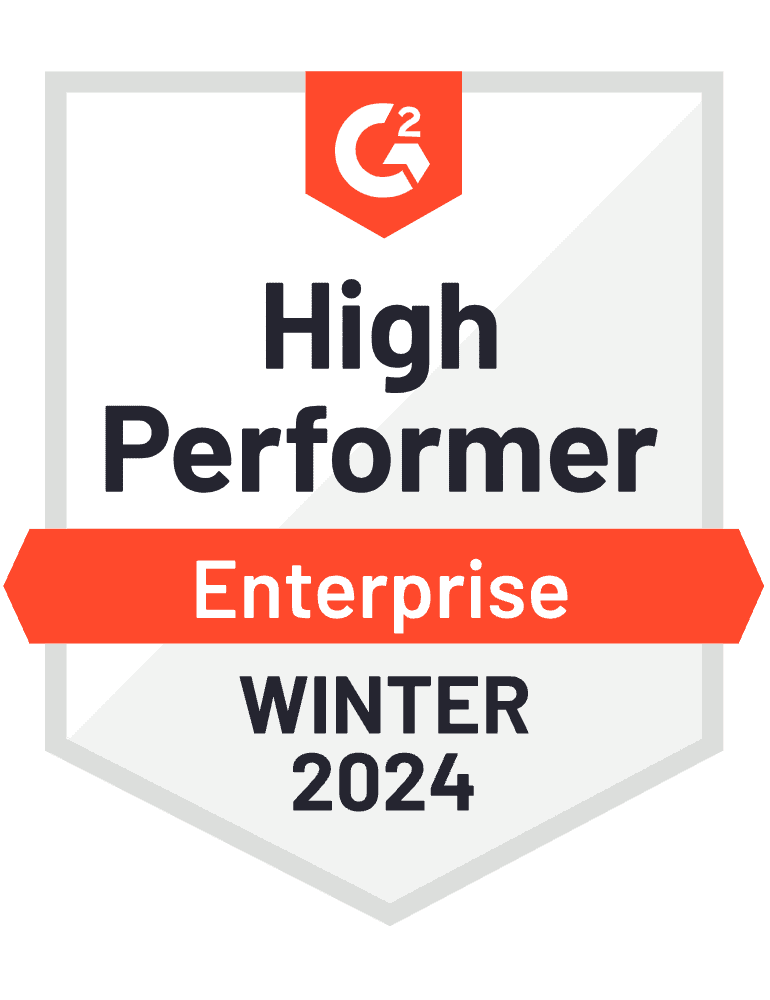You might also like
Customer Education
Learn how a customer education program can help you boost engagement and retention
An effective customer ed program can help users and have a significant impact on long-term business goals.
Customer Education
Customer-Led Growth has become a crucial avenue for business success
Customer-Led Growth (CLG) has become a crucial avenue for business success. Kevin Chiu, Co-Founder & COO of Catalyst shares how CSMs must evolve and how organizations must shift their approach and prioritize effective customer education for long-term prosperity.
Customer Story
Increasing product adoption and improving customer engagement
Discover how five WorkRamp customers use Academies to engage customers for better business outcomes.
Ready to Explore Online Learning Platforms?
Get in touch to learn how WorkRamp can help you achieve your training goals.
Request a Demo




